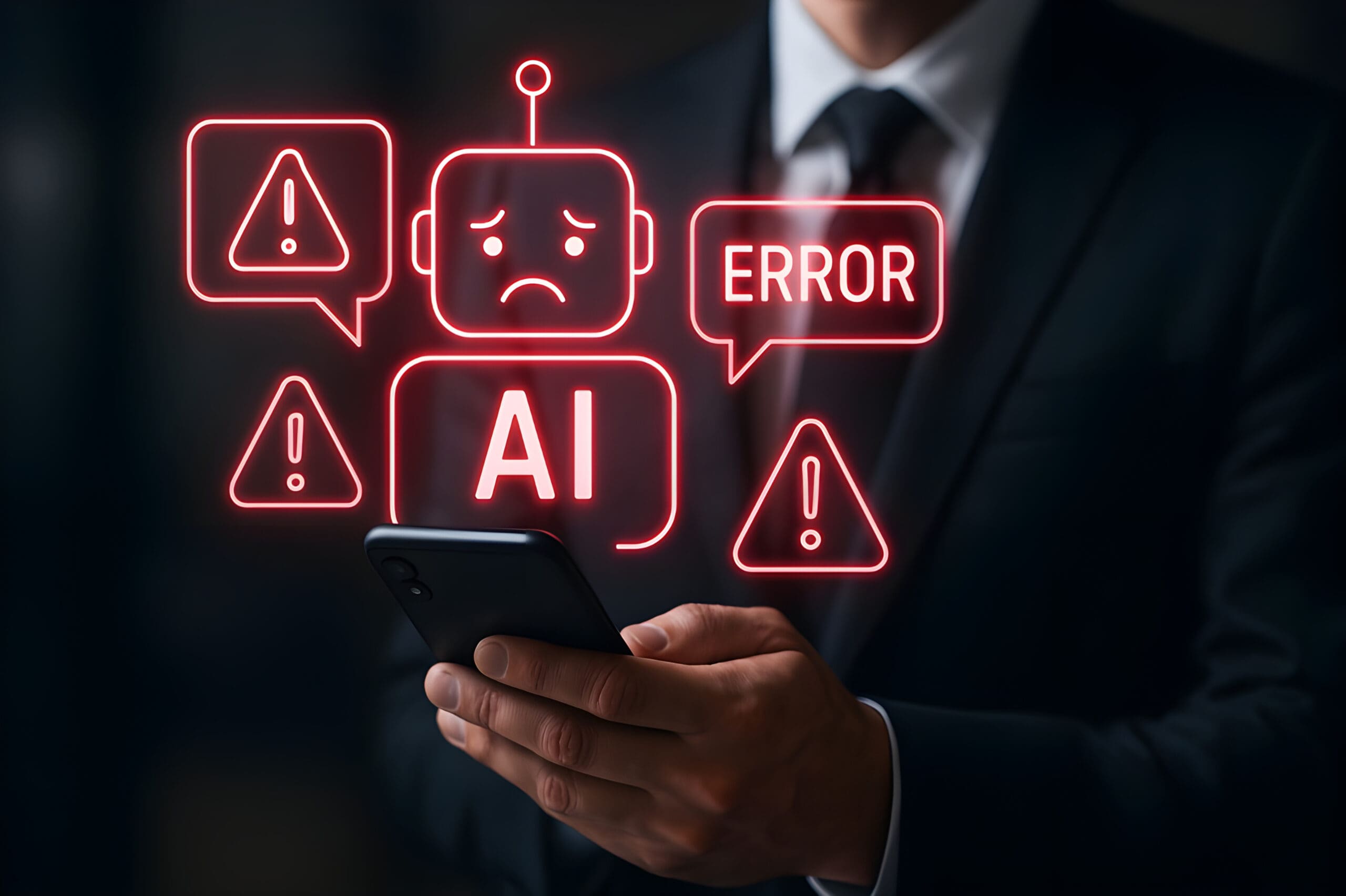100% Satisfaction Guaranteed
We offer a total mugshot removal solution to remove your mugshot and arrest details from the internet once and for all.

Table of Contents
Imagine searching your name on Google and seeing the word “arrested” next to your photo. No court date, no charges, no explanation—just a digital label that paints you as a suspect.
This isn’t a rare glitch. Search engines increasingly rely on automated systems that tag people based on incomplete or biased data. When those systems get it wrong, your reputation, safety, and future opportunities are at risk.
AI auto-labeling occurs when search engines use complex algorithms to attach descriptors—like “arrested person” or “arrest record”—to names, images, or news results. The goal is to organize vast amounts of information quickly. However, the process depends on patterns in data rather than human review or legal authority. As a result, mistakes happen frequently and can have serious consequences.
Unlike a law enforcement officer who must follow probable cause rules and obtain a warrant under certain circumstances, an algorithm decides instantly. It acts without context, court orders, or knowledge of whether a person was convicted or merely cited. If an article mentions your name near words like crime, police, or detained, the system may tag you as connected to an offense—even if you were never a suspect or arrested.
Errors arise from how machine learning works. Algorithms train on massive datasets—police reports, court records, local news, and social media posts. If those records are biased, incomplete, or outdated, the bias passes on and amplifies.
For example, predictive policing tools like COMPAS or PredPol show higher error rates for minority groups, raising concerns about fairness. The same issues now appear in search results, where someone could be flagged as arrested without any evidence or formal charges.
AI systems focus on keywords and probabilities, not full stories or legal outcomes. A police officer, judge, or lawyer considers evidence before deciding if someone is guilty or should be detained. An algorithm doesn’t. It just sees “person + police + date” and assumes a connection.
This lack of nuance means peaceful protests can be tagged as “arrest events,” or budget debates about police agencies can appear as “criminal activity.” In most cases, the truth gets lost in the rush to categorize data, ignoring the responsibilities and rights of the person involved.
Being falsely labeled “arrested” online is not just a matter of reputation—it can have tangible consequences:
Yes, but it takes persistence and resources. Steps include:
Governments and courts are beginning to recognize the risks of AI auto-labeling. The European Union’s AI Act requires audits of high-risk systems, including those used by police agencies and tech companies. In the U.S., lawmakers and the Supreme Court debate how to balance innovation with justice, privacy, and public safety.
However, regulation is slow and varies by country. Many countries lack clear authority or resources to enforce transparency or require companies to provide information about their algorithms. Until stronger protections exist, individuals must remain vigilant about their digital rights and responsibilities.
Preventing false “arrested” labels requires:
Just as a judge reviews evidence before a conviction, algorithms need oversight before labeling someone’s reputation—especially when the label can affect bail, detention, or prosecution outcomes.
Being falsely labeled “arrested” online is more than a technical glitch—it threatens fairness, privacy, and trust. Search results should not act like police reports without context or the ability to waive rights and provide advice.
Until stronger protections exist, the best defense is awareness, documentation, and active management of your online presence. Your reputation and safety shouldn’t be determined by an algorithm that can’t tell the difference between fact, bias, and error.
If you or a loved one faces these issues, seek resources and legal advice promptly to protect your interests and ensure your rights are respected.
We offer a total mugshot removal solution to remove your mugshot and arrest details from the internet once and for all.